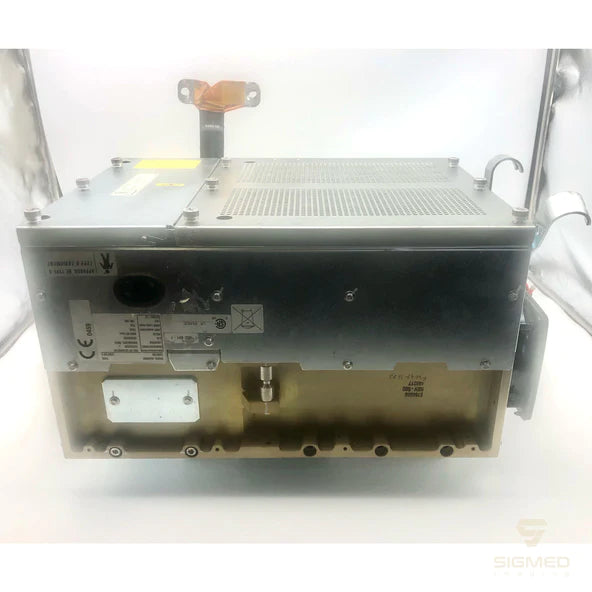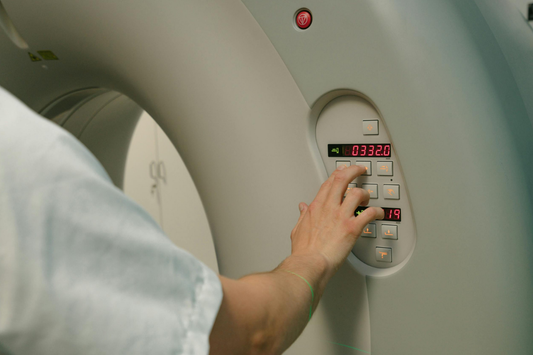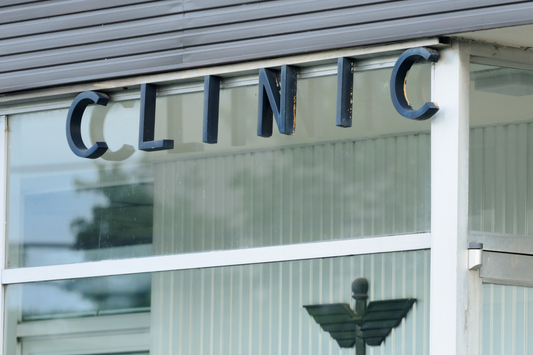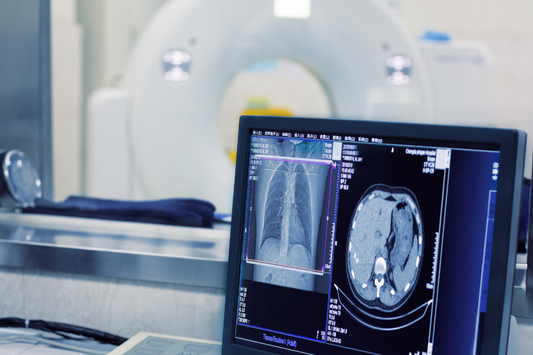
CT Scanner Efficiency: The Power of Upgraded Inverter Units
Share
In medical imaging, technological advancements are continuously revolutionizing how diagnostic procedures are conducted. At the forefront of these innovations is the implementation of upgraded inverter units in Computed Tomography (CT) scanners, particularly the 281950-4 inverter model.
These state-of-the-art units enhance CT scanner efficiency, significantly improving patient experience and diagnostic accuracy.
Noise Reduction
One of the most notable benefits of the 281950-4 inverter in CT scanners is noise reduction. Traditional CT scanners can be quite loud, creating a daunting patient experience.
This noise often leads to patient discomfort and anxiety, which can be particularly challenging for children, the elderly, or those with anxiety disorders. The upgraded inverter units considerably reduce the operational noise of the scanners, resulting in a quieter scanning environment.
This improves the patient experience and helps maintain a calm and professional atmosphere in the scanning room.
Artifact Minimization
Another significant advantage of the 281950-4 inverter is its role in artifact minimization. CT images are often plagued by artifacts, especially in patients with metal implants or prosthetics.
These artifacts can obscure critical anatomical details, making accurate diagnosis challenging. The advanced technology of the 281950-4 inverter helps minimize these metal artifacts, allowing for clearer visualization of anatomical structures.
This enhancement is crucial in ensuring accurate diagnoses, particularly in complex implant or prosthetic device cases.
Multi-Modal Imaging
The versatility of CT scanners equipped with the 281950-4 inverter extends to their capability to support multi-modal imaging. This includes advanced imaging modes such as perfusion and dual-energy scans.
Such capabilities enable comprehensive diagnostic assessments, providing clinicians with detailed and varied perspectives of the patient's condition. This multi-modal approach is vital in diagnosing and monitoring various medical conditions, from stroke to cancer, ensuring patients receive the most accurate and effective treatment plans.
Patient Positioning Flexibility
Improved gantry design, in combination with the 281950-4 inverter units, also facilitates better patient positioning. This is a critical aspect of CT scanning, as suboptimal positioning can lead to the need for re-scans, increasing patient discomfort and radiation exposure.
The enhanced design and functionality provided by these upgraded inverters allow for greater flexibility in patient positioning, thereby reducing the likelihood of re-scans and ensuring a more efficient scanning process.
Automatic Exposure Control
Lastly, the 281950-4 inverter units incorporate sophisticated dose modulation algorithms. These algorithms play a pivotal role in automatic exposure control, adjusting radiation exposure in real time according to the patient's size and the specific diagnostic requirements.
This feature is crucial in reducing unnecessary radiation exposure to patients, aligning with the industry's ongoing efforts to ensure patient safety and adhere to ALARA (As Low As Reasonably Achievable) principles in radiological practices.
Integrating the 281950-4 Inverter
Integrating the 281950-4 inverter in CT scanners marks a significant leap forward in medical imaging technology. By enhancing efficiency with this part, these upgraded units are improving the diagnostic process and elevating the overall patient experience. As we continue to witness advancements in medical technology, implementing such innovative solutions is integral in providing the highest standard of care in diagnostic imaging.



